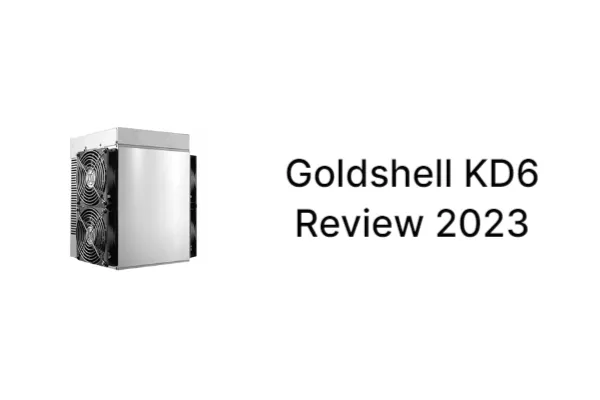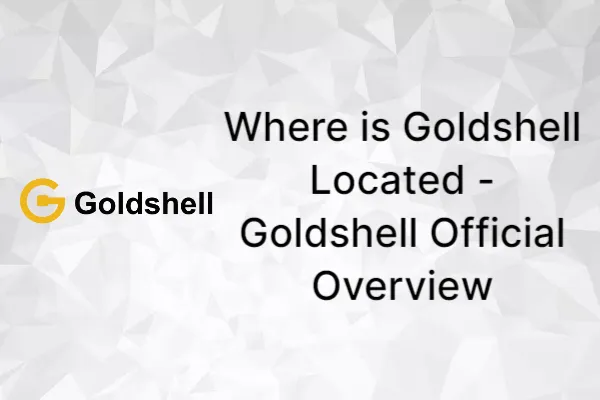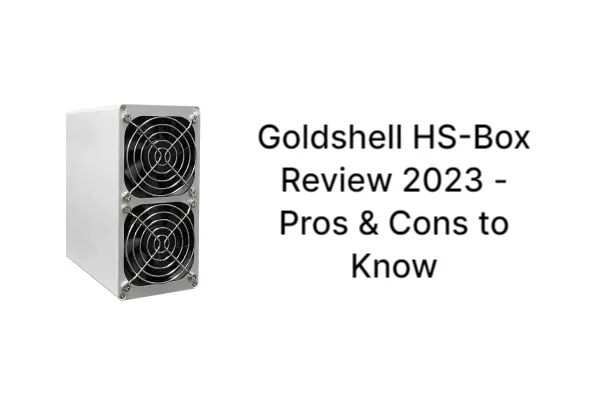Two of the most well-known Scrypt miners in the world are Bitmain’s Antminer L3+ and Goldshell Mini-Doge. They allowed you to mine the increasingly popular Litecoin and Dogecoin.
We will contrast these two potent mining devices today to determine which one is superior.
Table of Contents
Goldshell Mini Doge Miner

If you’ve ever visited a crypto mining farm, especially one using ASICs (application-specific integrated circuits), you know how noisy and hot it can get (especially if a proper ventilation system is not in place).
But mining doesn’t always have to be hot and noisy. Earlier this year, Goldshell, a reputable Chinese cryptocurrency mining business, unveiled a number of mini mining models. These models are much more energy-efficient than standard ASICs while also being compact and quiet. In fact, if you want to mine from home but live in an apartment or can’t set aside a room specifically for it, they might be the ideal entry into the world of ASIC mining.
The Goldshell Mini Doge miner works the Scrypt algorithm with a maximum hashrate of 185Mh/s and a power consumption of 233W. The Litecoin (LTC) and Dogecoin (Doge) cryptocurrencies can be mined together thanks to the Scrypt algorithm. This implies that you will mine both coins concurrently and receive payment in both coins, depending on the pool you select.
Read more: What Coins Can You Mine With Goldshell Mini-DOGE
Here are the specs:
| Model | Mini-DOGE |
|---|---|
| Release | July 2021 |
| Size | 150mm x 175mm x 84mm |
| Weight | 2kg / 4.4lbs |
| Noise level | 35db |
| Fan(s) | 2 |
| Power | 233W |
| Interface | Ethernet / WIFI |
| Temperature | 5 – 35 °C |
| Humidity | 5 – 85 % |
Bitmain Antminer L3+

The mining hardware industry underwent a revolution after the Antminer L3 Scrypt was released. It was Bitmain’s first miner for Litecoin mining. Although it was the first product of its kind from Bitmain, that didn’t stop it from dominating its rivals.
Due to the fact that the company decided to move forward after all copies of this mining equipment were sold out, L3 is currently only available in resale. They dispersed the Antminer L3 +.
They took the beloved L3 as a basis but improved it:
- Doubled the hash rate
- Doubled the power draw
The BM1485, which is well-known to us, was left with the same chips. The performance boost, however, is equivalent to using two L3s in a single package.
Antminer L3+ (504Mh) specifications, computing power consumption, power supply, usage environment and other related information are shown in the table:
| Manufacturer | Bitmain |
| Model | Antminer L3+ (504Mh) |
| Release | June 2017 |
| Size | 188 x 130 x 352mm |
| Minable coins | NLG, GAME, EMD, DOGE, XVG, DGB, LTC, EMC2, FLO, AUR |
| Mining pools | NiceHash, Poolin, AntPool, Litecoinpool, Easy2Mine |
| Weight | 4400g |
| Chip boards | 4 |
| Chip name | BM1485 |
| Chip count | 288 |
| Noise level | 70db |
| Fan(s) | 2 |
| Power | 800W |
| Wires | 9 * 6pins |
| Voltage | 11.6 ~ 13.0V |
| Interface | Ethernet |
| Temperature | 0 – 40 °C |
| Humidity | 5 – 95 % |
Goldshell Mini Doge Miner Vs Bitmain Antminer L3+
Without discussing the Mini Doge’s position in the larger mining market and its rivals, we really can’t give the cryptocurrency a fair review here.
Being a mini miner, of course, offers additional flexibility that no other Scrypt Algorithm miner can. You can operate the Mini Doge without a PC or specialized cooling system because it is compact and quiet. There are three of them in the office, and having them there is really of no inconvenience. In fact, as I type, they are only 3 feet (1 m) from me. I’m fine with the idea of putting them in my apartment. That is not something that you can do with the Antminer L3+ (we have one) or other conventional miners.
In relation to the Antminer L3+, it’s no accident that we purchased 3 Mini Dogies. Three of them provide a similar hashrate per watt as a single L3+: 555MH/s at 700W for the mini miners vs 504MH/s at 800W for the L3+. Comparing them was the main idea behind this article. Let’s also reduce the power consumption of the L3+ to 700W and compare to get a better idea of their efficacy. If we lower both consumption and hashrate by 12.5 percent, we get 443MH/s at 700W vs 555MH/s at 700W for three Mini Doge miners. That’s a 26 percent higher hashrate for the 3 mini miners at the same power draw. What about the Bitmain Antminer L3++, one might ask? Comparing hashrate per watt spent reveals that the L3++ is simply an “overclocked” version of the L3+. It is also less efficient. We’ll discuss the importance of this efficiency in relation to the upcoming L7 later.
While the Mini Doge is a more efficient machine, three of them also cost more than a single L3+. The cost of three mini miners is $2100, whereas the L3+ can be purchased used for about $1000 and will yield 85% of the mini miners’ profits. As you age and use the L3+, keep in mind that you are using used hardware. While you might save some money in the beginning, it will cost you more to run and maintain in the long run.
Furthermore, there are significant differences in the heat and noise levels among the miners. The L3+ screams at you at 70 dB, while the Doge Mini is at 35 dB. That is not just double, but because of the way acoustics work, 70db is actually 12 times louder than 35db! You cannot keep L3+ in your apartment, I beg you to believe that. You’ll need a special room that is as far from your living space as is practical, as well as a ventilation system.
There would be room for both of these miners in an ideal world. Anyone who wants to mine from an apartment, office, or who can’t really spare a special room just for mining will find the Mini Doge to be ideal for their first attempts at ASIC mining as well as anyone who wants to do so. If you have a cap on how much electricity you can use for mining, the Mini Doge is also fantastic. A Mini Doge uses about as much energy as a modern GPU.
The Antminer L3+, on the other hand, is a viable option if you can set up your garage or basement for mining, provide the necessary cooling, and consume the necessary power. Especially if you don’t pay for electricity and aren’t concerned with the Mini Doge’s higher efficiency. A friend of mine keeps 6 L3+ units in his basement and receives free electricity. He finds that combination to be successful. For a total of $8,000, he paid $1,000 per unit and added proper cooling to his basement. He would have needed at least 16 Mini Doge miners to achieve a comparable hashrate, which would have cost him $11,200 and taken much longer to set up.
Summary
Although it costs slightly more (used), the Bitmain Antminer L3+ has a higher hashrate. They make a lot more noise, though. In an apartment, a Goldshell Mini-Doge could be used because it is quieter and consumes less power due to its lower hashrate.
A void in the market is filled by the thoughtfully designed Goldshell Mini Doge miner. It’s ideal as a first miner, it’s ideal if you want something small and quiet and really the only choice if you live in a small apartment and can’t dedicate a room just to mining.
FAQs
What is the Highest Hashrate Miner for DogeCoin?
- #1) Bitmain Antminer L7.
- #2) Bitmain Antminer L7 9160 Mh.
- #3) scrypt miner BW L21 scrypt.
- #4) Bitmain Antminer L3+
- #5) Goldshell Mini Dogecoin LTC Miner Scrypt.
Does Mining DOGE Use a Lot of Electricity?
Because Dogecoin handles a limited amount of transactions, the average amount of energy consumed per processed transaction is close to 600 kWh. This is equivalent to more than nine fully charged standard Tesla Model 3 batteries.




